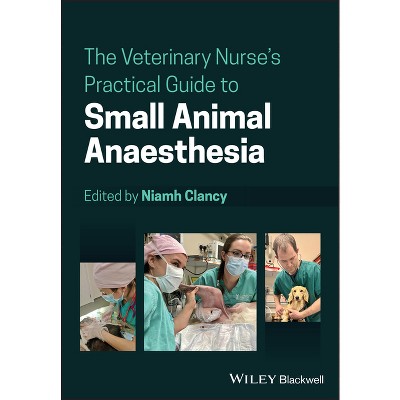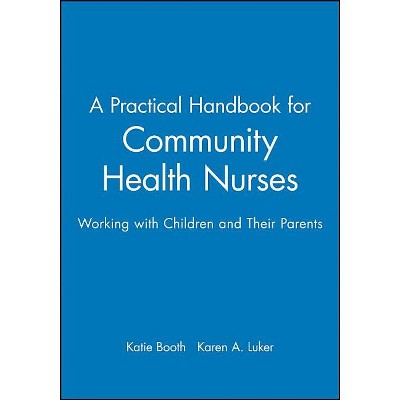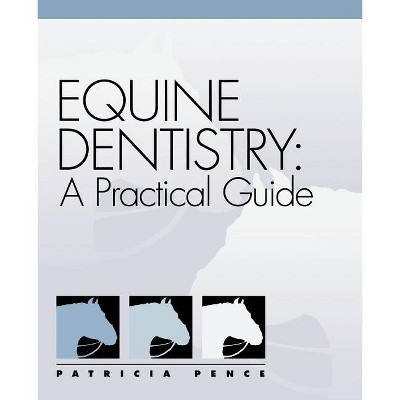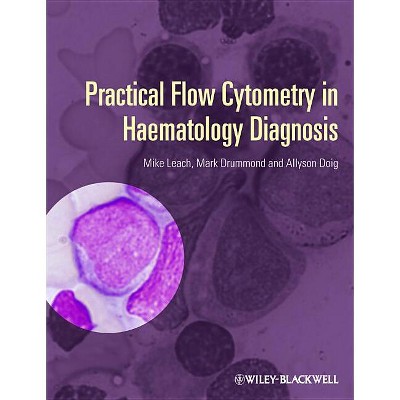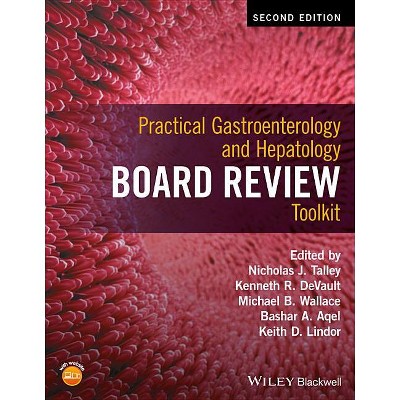Practical Guide to Diagnosing Structural Movement in Buildings - 2nd Edition by Malcolm Holland (Paperback)

About this item
Highlights
- PRACTICAL GUIDE TO DIAGNOSING STRUCTURAL MOVEMENT IN BUILDINGS Concise and readable practitioner focused guide to diagnosing the causes of cracks and movement in buildings The expanded and updated Second Edition of Practical Guide to Diagnosing Structural Movement in Buildings shows how movement can manifest as cracking in the building fabric and provides a rigorous, structured approach to understanding the evidence to ensure the surveyor can confidently diagnose the cause and impact of any structural movement they encounter.
- About the Author: Malcolm Holland, BSc(Hons) MRICS, started his career as a land surveyor in the Royal Engineers before leaving the Army to return to higher education.
- 304 Pages
- Technology, Surveying
Description
About the Book
"It is often the layman's first reaction when cracking is observed in a building, that it must be the foundations and that it is serious. This is not true. In the vast majority of cases it is not subsidence or settlement of the foundations and in most cases cracks do not indicate a serious defect. So when analysing cracks, it is essential to always keep an open mind. A good rule of thumb for the beginner is to try to find what has caused the crack other than foundation movement. Only when all other possibilities have been ruled out, consider then whether it is foundation movement. In my experience (teaching university students and graduate surveyors) it is very difficult to instil this discipline. There is a great temptation to jump to a conclusion or to shortcut the process of analysis"--Book Synopsis
PRACTICAL GUIDE TO DIAGNOSING STRUCTURAL MOVEMENT IN BUILDINGSConcise and readable practitioner focused guide to diagnosing the causes of cracks and movement in buildings
The expanded and updated Second Edition of Practical Guide to Diagnosing Structural Movement in Buildings shows how movement can manifest as cracking in the building fabric and provides a rigorous, structured approach to understanding the evidence to ensure the surveyor can confidently diagnose the cause and impact of any structural movement they encounter.
The book is written in four parts, with part one describing the key principles of movement and cracking. Parts two and three describe the main features of common forms of movement and the associated crack patterns, with part two covering causes other than ground or foundation movement and part three covering movement caused by ground or foundations. Part four briefly describes the techniques used to arrest further movement or repair damage caused by movement.
Topics covered in Practical Guide to Diagnosing Structural Movement in Buildings include:
- First principles, including crack patterns and cracks, rotational movement, weak routes, load distribution, and movement and orientation
- Expansion cracking, cavity wall tie corrosion, roof spread, springing from deflected beams, and overloaded floors and beams
- Clay heave, uneven loading, eccentric loading on foundations, drains and drain trenches, differential foundation movement, and load concentrations on foundations
- Repair methods, including stitching in brickwork, reinforcing brick mortar joints, tie bars, restraint straps, underpinning, grouting, and root barriers
Primarily intended for the relatively inexperienced surveyor or engineer, as well as undergraduate students, Practical Guide to Diagnosing Structural Movement in Buildings focuses on identification and diagnosis, helping to correctly diagnose problems while also demonstrating a methodical approach to show and record how the diagnosis was reached, which is critical in client satisfaction.
From the Back Cover
Concise and readable practitioner focused guide to diagnosing the causes of cracks and movement in buildings
The expanded and updated Second Edition of Practical Guide to Diagnosing Structural Movement in Buildings shows how movement can manifest as cracking in the building fabric and provides a rigorous, structured approach to understanding the evidence to ensure the surveyor can confidently diagnose the cause and impact of any structural movement they encounter.
The book is written in four parts, with part one describing the key principles of movement and cracking. Parts two and three describe the main features of common forms of movement and the associated crack patterns, with part two covering causes other than ground or foundation movement and part three covering movement caused by ground or foundations. Part four briefly describes the techniques used to arrest further movement or repair damage caused by movement.
Topics covered in Practical Guide to Diagnosing Structural Movement in Buildings include:
- First principles, including crack patterns and cracks, rotational movement, weak routes, load distribution, and movement and orientation
- Expansion cracking, cavity wall tie corrosion, roof spread, springing from deflected beams, and overloaded floors and beams
- Clay heave, uneven loading, eccentric loading on foundations, drains and drain trenches, differential foundation movement, and load concentrations on foundations
- Repair methods, including stitching in brickwork, reinforcing brick mortar joints, tie bars, restraint straps, underpinning, grouting, and root barriers
Primarily intended for the relatively inexperienced surveyor or engineer, as well as undergraduate students, Practical Guide to Diagnosing Structural Movement in Buildings focuses on identification and diagnosis, helping to correctly diagnose problems while also demonstrating a methodical approach to show and record how the diagnosis was reached, which is critical in client satisfaction.
About the Author
Malcolm Holland, BSc(Hons) MRICS, started his career as a land surveyor in the Royal Engineers before leaving the Army to return to higher education. He gained a degree in Building Surveying and then qualified as a Chartered Surveyor in 1988. During the mid 1990s he spent four years as a senior lecturer at DeMontfort University teaching building construction and pathology to general practice surveying students. Since then he has worked predominantly in private practice and mostly in the field of residential surveying.






